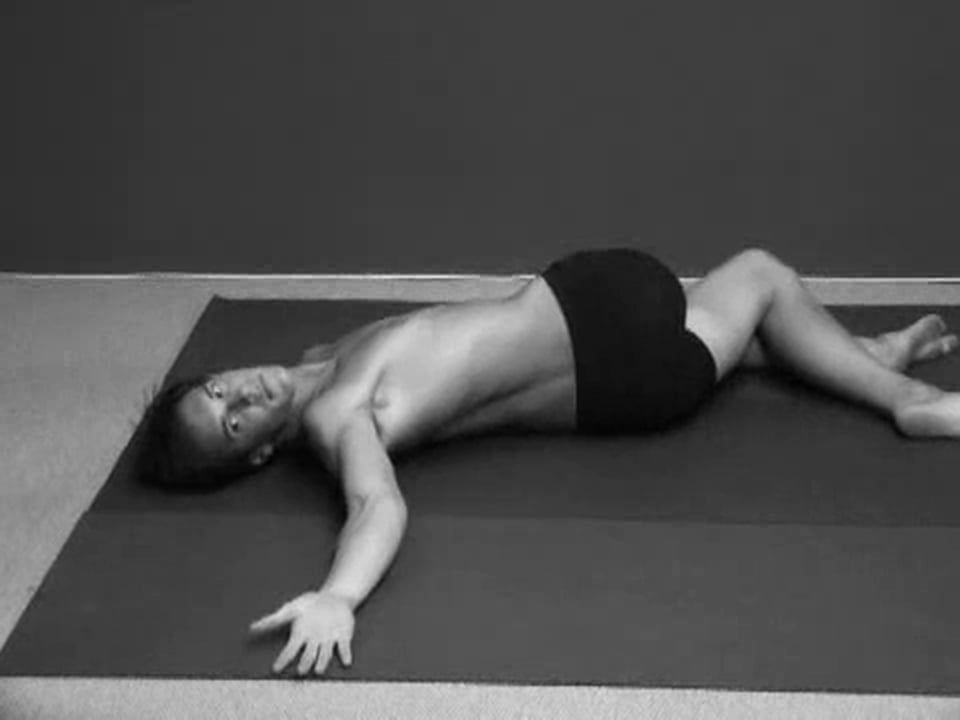Definition:
Cervical disc disorder with myelopathy can result from either a herniation of a cervical disc or spinal cord compression by spinal stenosis. Discs are composed of a gel-like inner material (nucleus pulposus) encased in a ring of tough, fibrous outer material (annulus fibrosis); intervertebral discs absorb shock and allow movement of the spine. Disc displacement (herniation) occurs when the nucleus pulposus and/or the annulus protrudes abnormally into the spinal canal. Most often, a disc herniation presses on an exiting spinal nerve, causing dysfunction in a nerve root (radiculopathy). Less commonly, the spinal cord can become compressed by a herniated or bulging disc alone, or in combination with degenerative changes or with a narrow spinal canal.
 Symptoms
Symptoms Causes
Causes Treatment
Treatment




